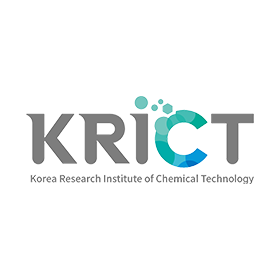What is SABYDOMA about?
The first ideas for the project were developed originally to solve issues of environmental pollution and climate change. SABYDOMA is based on the technology developed in the EU H2020 HISENTS project, which builds a high-throughput flow through platform for screening nanomaterials using multiple sensor elements; and, aims to develop a Lead Demonstrator which will be used for the flow-through production of safe nano.
About the project
SABYDOMA’s main objective is to develop a new methodology to address the Safety by Design (SbD) challenge as a Control System Problem. Its technological solution is coupling screening to design, i.e. the screening at the point of production feeds back to modify the design of nanomaterials. SABYDOMA will use system control and optimisation theory including the Model Predictive Control (MPC) philosophy, binding SbD from laboratory innovation to the industrial production line and from decision making processes to project governance.
Objectives
SABYDOMA’s overarching aim is to develop the SbD paradigm from the highest level to the reductionist one, in order to implement faster, more effective and cost-effective protocols. It will do this by focusing on four technological processes where existing SbD platforms will be developed from TRL4 to TRL6 demonstrating their operation in the relevant industrial environment.
Our team
SABYDOMA’s team consists of 15 EU and 4 international partners distributed across 15 countries. All partners contribute actively to the project, ensuring the flow of ideas and projects results to the wider community.
Latest news
-
Project completition
SABYDOMA was featured in the latest BNN QUARTERLY issue in June 2024 with several articles.
-
SABYDOMA @ BNN Quarterly (June 2024)
SABYDOMA was featured in the latest BNN QUARTERLY issue in June 2024 with several articles.
-
SABYDOMA @ ANTHOS‘24
The first summit its kind, ANTHOS’24 - “Advanced (Nano)Materials and Technologies: science, research & innovation for safety and sustainability” - took









































